An Angus mum who said her son was left traumatised after being physically restrained at a special school is launching plans for a new law in his name.
Calum Morrison, 23, has epilepsy, autism and learning difficulties.
He was 11 when he was forcefully restrained at Kingspark School in Dundee
His mother, Beth, has been campaigning for more than a decade after the way her son was treated.
Restraint involves holding a child or young person to stop them from moving, while seclusion means shutting them in a room or safe space alone.
The Scottish Government said it should only be used “as a last resort.”
What is Beth campaigning for?
Ms Morrison insisted the current guidelines on both ways of handling young people should become legally enforceable.
She also says there should be mandatory recording and reporting of all incidents.
And that compulsory training should be given to all teachers and support staff in how to de-escalate difficult situations so physical restraint can be avoided as much as possible.
‘Traumatising’
“The experience of this behaviour on young people is traumatising,” says Ms Morrison, who lives with her son in Monifieth.
“It affects their social skills, their enjoyment of school and – ironically – their subsequent behaviour at school.
“I think the people of Scotland will be shocked to learn that currently there is no law that protects their child being physically and forcefully restrained in school or educational settings.”
‘Decade of campaigning for change’
“We have been campaigning for change now for over a decade and it’s very clear to see that the current approach to non-statutory guidance doesn’t work,” she adds.
“In this day and age, we should have a better understanding of how to work with young people – especially those with learning disabilities – without the use of forceful restraint.”
Ms Morrison is being supported by charity Enable Scotland in her efforts to establish Calum’s Law.
Lack of progress says Enable
The charity said draft guidance produced by the Scottish Government “is not fit for purpose” and demands better action in safeguarding young people.
Particularly those with learning disabilities and/or autism who are typically most at risk of being restrained.
Four years ago, the report “In Safe Hands” by Scotland’s children’s commissioner revealed thousands of restraint incidents, affecting hundreds of children.
But Enable Scotland insisted there continues to be a lack of progress in training and monitoring of staff in schools to this day.
‘In Safe Hands Yet?’
It has now launched its own report titled In Safe Hands Yet? which says children are still not protected.
The report calls for:
- statutory guidance on restraint and seclusion to be published.
- regulation of the use of it in school.
- introducing compulsory training for education staff to minimise the need for such handling in schools.
- launch of a national strategy to eliminate the use of it in schools.
‘Not good enough’
Jan Savage, director at ENABLE Scotland, says: “In simple terms, the rights of children and young people in Scotland are still not protected and it’s unacceptable.
“Action is needed to protect children’s rights in law.”
Petition gets support
A petition launched by Ms Morrison in 2015 calling on the Scottish Government to issue guidance on the use of restraint and seclusion in schools was closed by the Education, Children and Young People Committee at Holyrood during a meeting on Wednesday.
The petition garnered 4,670 signatures and MSPs on the committee agreed to write to the Scottish Government to request monitoring of how the draft guidance is implemented.
Education Secretary Shirley-Anne Somerville said: “Restraint and seclusion in schools must only ever be used to prevent harm and as a last resort.
“The Scottish Government is exploring options for strengthening the legal framework in this area.
“Human-rights based guidance was developed with input from young people, parents, carers, education staff.
“And the Children and Young People’s Commissioner Scotland, and has now been consulted on.
“The consultation closed on 25 October. We will carefully consider all feedback received.”
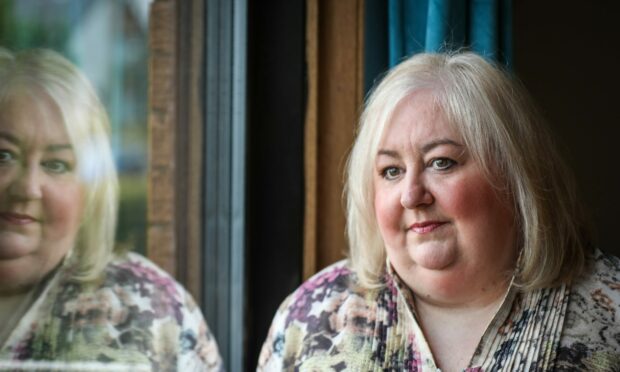
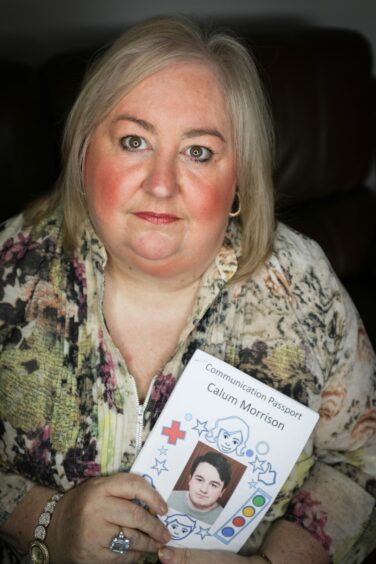
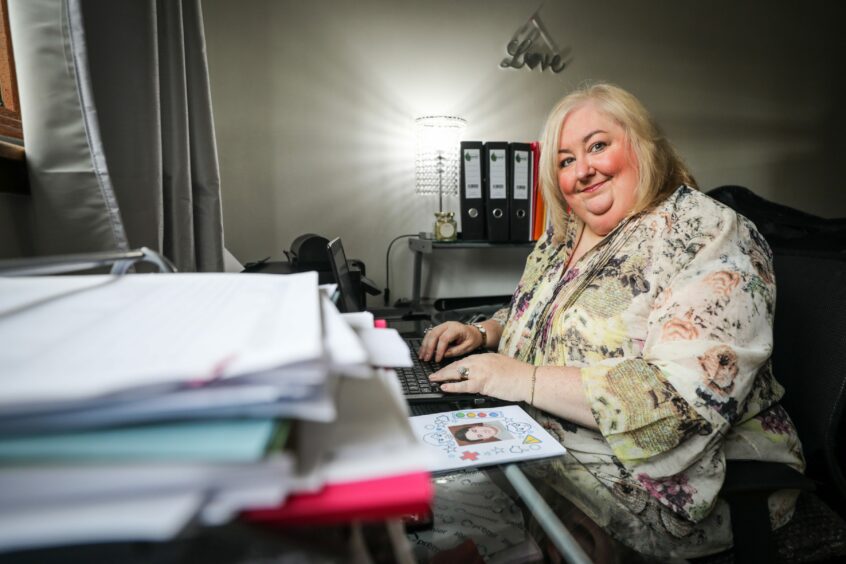
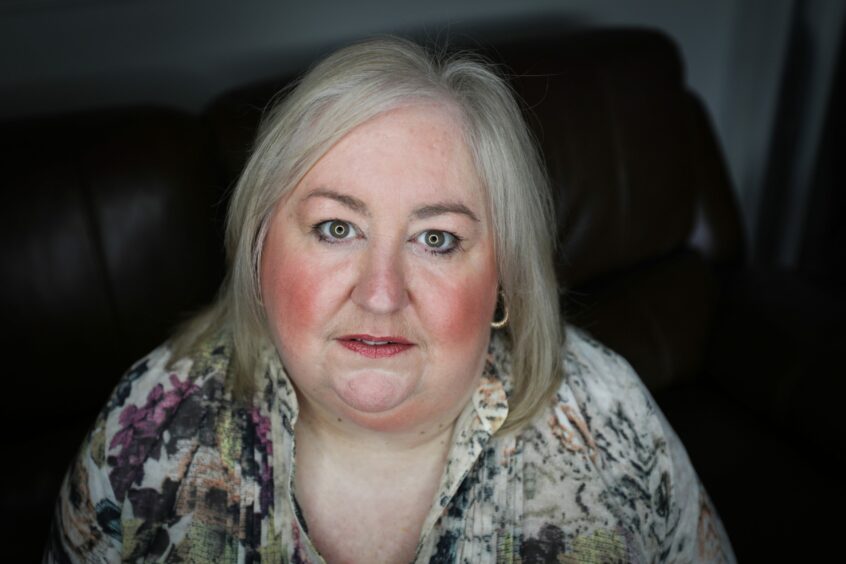
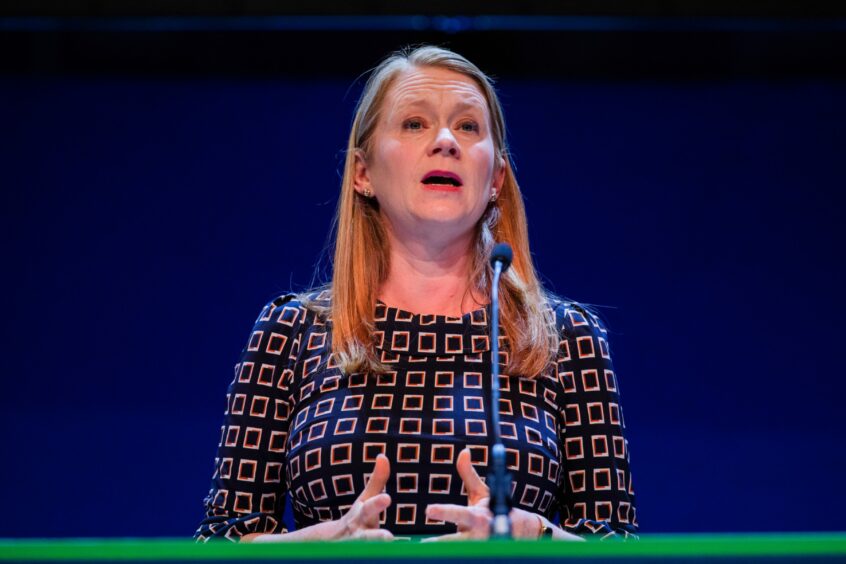
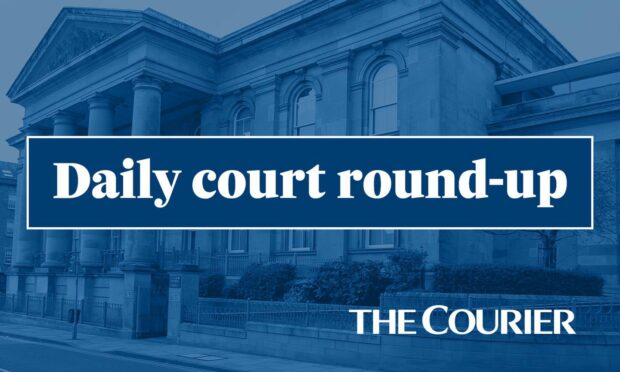

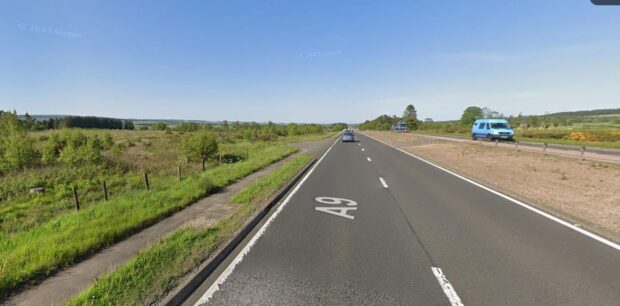

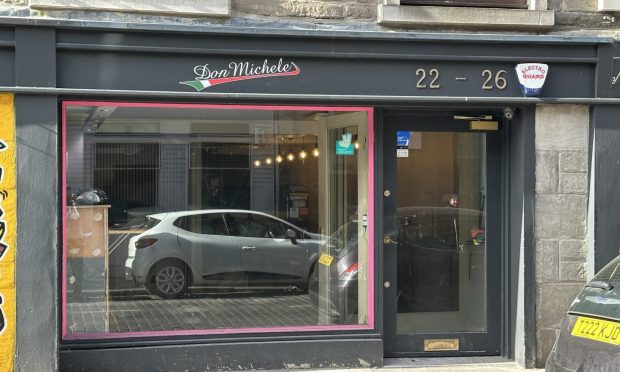





Conversation